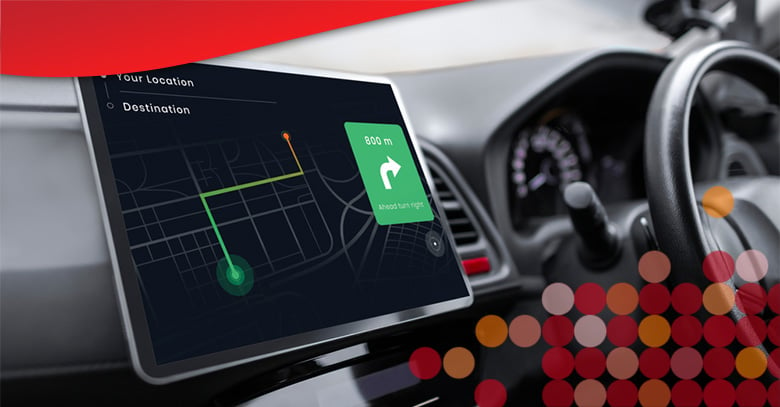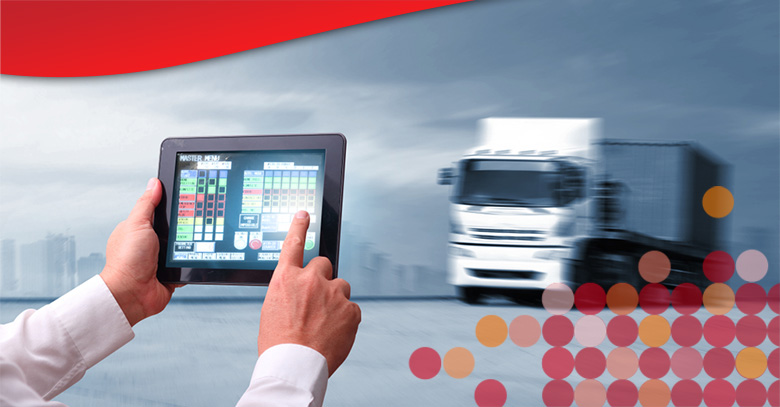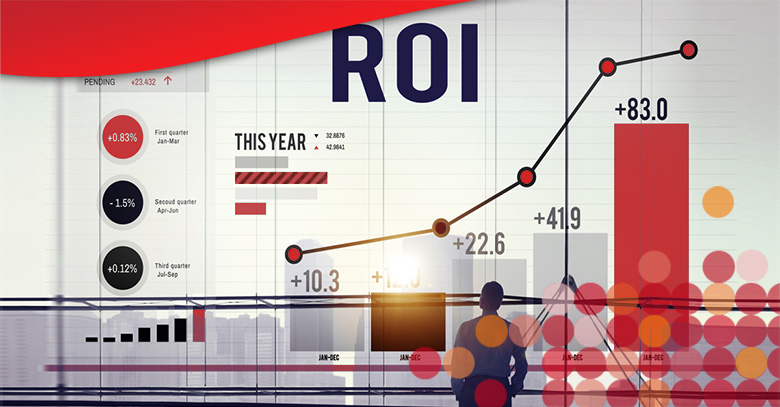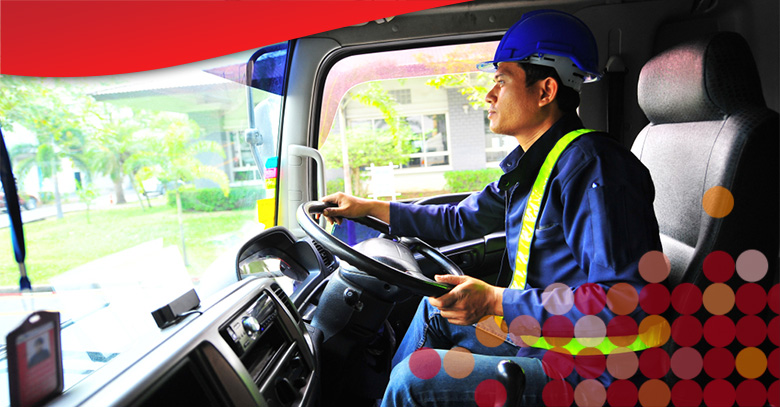In the transportation industry, telematics and GPS technology are now considered industry gold standards. This is because these technologies can gather and deliver real-time data to managers, who can then use it to direct daily operations. However, more recent technologies that use automation, AI, and machine learning can assist fleet enterprises in gaining the best possible visibility and control over their fleets.
If you already use telematics, GPS, and fleet management software, you're probably well aware of their ability to increase fleet productivity, cut costs, and modify driver behavior. However, these solutions frequently overburden fleet managers with the manual tasks necessary to analyze and act on the conclusions drawn from your operations' data. In this area, Tourmo AI takes fleet management to the next level.
Telematics vs GPS Technology: Similarities & Differences
Differentiating between GPS and telematics technology may be difficult. Although these technologies are distinct from one another, they are also directly related. They are not competing systems and GPS technology is frequently used as a part of telematics systems.
We will contrast GPS and telematics technologies below to demonstrate their similarities and differences, emphasizing how data obtained from telematics systems that employ GPS technology can improve fleet operations as a whole.
What is Telematics Technology?
Telematics technology makes information about each of your mobile assets available to you remotely. It can provide information on your drivers and their behavior and about your vehicles and equipment such as speed, acceleration, fuel usage, location, OBD (On Board Diagnostics). Telematics systems are typically installed inside vehicles to collect data and transmit it to the necessary managers or stakeholders, who use it to monitor and control their fleets.
The main advantage of telematics technology is that it enables fleet managers to monitor and control any size fleet from a distance. Additionally, this technology can be used to lower costs, lower risks, and enhance your current operational strategies.
What is GPS Technology?
Global Positioning System (GPS) technology is frequently used in telematics systems to gather real-time data on the location of almost any type of company asset, whether it’s used to track and monitor a fleet of vehicles, expensive equipment, or even employees.
This technology tracks a user’s location and movement using receivers, a network of over 30 satellites in orbit, and a ground station. Ground stations use radar to confirm satellite locations. The orbiting satellites emit a constant and unique signal to all GPS devices (receivers), which then use this information to calculate a user’s exact location.
The Advantages of GPS and Telematics Technology Data
The most valuable element of GPS and telematics technology is the large amounts of data that can be derived from these systems. For example, important insights can be gleaned from collected information regarding vehicle location, driver behavior, vehicle status, maintenance issues, and fuel consumption to improve operational efficiency.
Fleet managers usually manually view and recognize patterns in fleet data collected by traditional telematics solutions to identify issues and improve. Some of the main benefits of data provided by traditional telematics solutions include:
- Provides fleet managers and associated stakeholders with an opportunity to gain important operational visibility
- Allows fleet managers to monitor fleet performance, location, and status 24/7
- Allows fleet managers to analyze telematics data and then make decisions to improve fleet efficiency, driver behavior, routing, and more.
How AI and Machine Learning Outperform Traditional Solutions
The fleet industry has recently begun to understand the benefits of utilizing AI and machine learning to optimize the analysis and use of large data to automatically take action to increase operating efficiency.
With traditional telematics systems, data collection, processing, and subsequent action are mostly done manually. The data provided contains significant value for fleet managers and their stakeholders, however, they may quickly become overburdened by the process of analyzing enormous amounts of big data and then determining appropriate action to address problems identified via telematics data.
This is not the case when artificial intelligence and machine learning are properly applied to enhance what an organization's current telematics systems cannot accomplish independently.
Vast amounts of data can be analyzed using AI and machine learning technology, with the added advantage of becoming more accurate over time and with more data. This state-of-the-art technology can deliver advanced analytics capable of predicting typical fleet issues before they develop into more severe issues. Additionally, when combined with automation, the information amassed by AI and machine learning can be used to improve fleet performance immediately.
Tourmo’s Workforce Operations Solution
Many fleet managers may discover that they don't easily have the comprehensive visibility they require into their mobile workforce, even using typical telematics systems. Furthermore, they might not be able to act quickly and consistently in real-time, which could miss opportunities to improve their operations.
You can greatly improve your fleet operations' visibility, maintain control over them, and spot issues early on before they pose substantial challenges to your day-to-day operations with the use of Tourmo's solutions, such as Workforce Operations.
Our AI-powered platform can free you from the burden of manual analysis and action by allowing you to process tasks and jobs automatically. This will help you make better use of your personnel, cut down on manual costs, and improve customer satisfaction.
Tourmo AI — Using Data to Take Action
While telematics and GPS technology has emerged as industry table stakes, the deficiencies in these systems typically cause fleet managers to become quickly overwhelmed by large amounts of collected data and an inability to govern fleet operations without manual review and intervention.
Further, overreliance on human oversight, analysis, and action can be error-prone and difficult to scale, leaving many companies concerned about the cost structure of future development and growth.
Tourmo's AI-powered platform can work with your enterprise organization's existing telematics system to enable optimal visibility into telematics data to achieve optimal visibility and help keep your fleets cost-effectively operating at peak performance.
Author:
Matt Braun leads the Solutions Consulting team at Tourmo. He helps Tourmo customers better understand their challenges and uncover creative, efficient solutions to improve their operations. He guides them through the benefits provided by mobility workflow automation, AI-powered tools and reports, and the value of data science. Matt’s focus on clear, actionable, and effective information is foundational to all prescribed solutions. Matt came to Tourmo after 15 years as Sr. Director of Performance Improvement at First Student –– an organization operating a fleet of more than 40,000 vehicles. He holds a Bachelor of Business Administrations from the University of Cincinnati and a Masters of Business Administration from Thomas More College. Matt and his wife live in the Cincinnati area where Matt coaches most of the sports of their 2 sons and daughter.


 Matt Braun
Matt Braun



